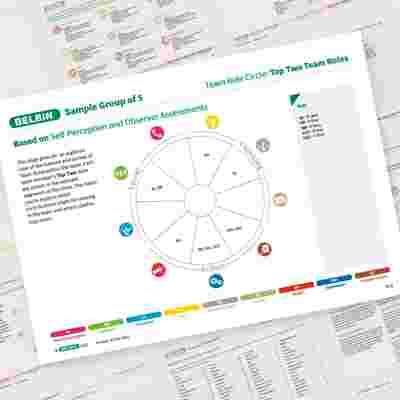Opening dialogue and negotiating a new 'relationship contract'
Using the language of Team Roles can open up discussions towards a solution.
The first step can be as simple as articulating our styles clearly.
Take a Shaper who is in the habit of making final decisions before the Monitor Evaluator has been given time to reflect and advise. The Shaper is anxious to move things along, whilst the Monitor Evaluator is left feeling undermined.
The Monitor Evaluator might say, “I need time to arrive at a decision, and I become disengaged when I’m not consulted”.
The Shaper might reply, “There comes a point when discussion needs to make way for action. I’m always keenly aware of that deadline.”
With this in mind – and with a greater understanding of the dynamics of the working relationship – the terms of the new ‘relationship contract’ can be negotiated.









